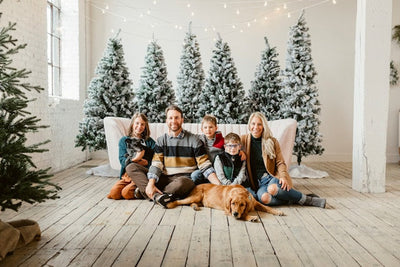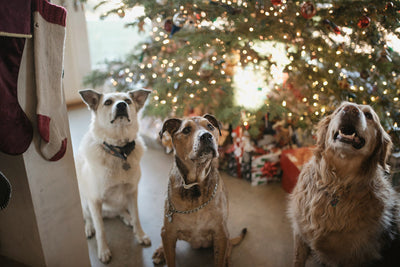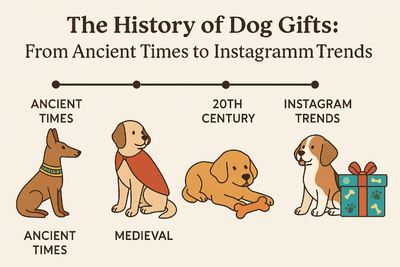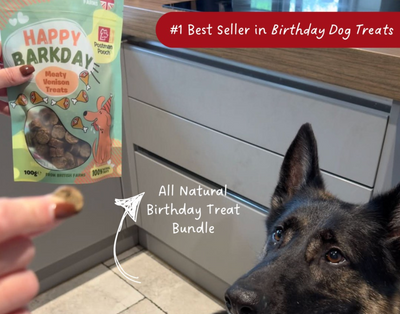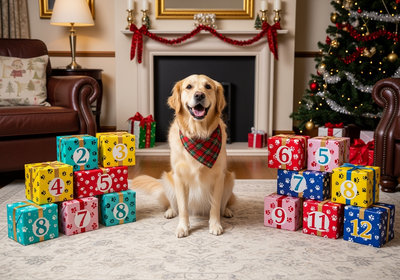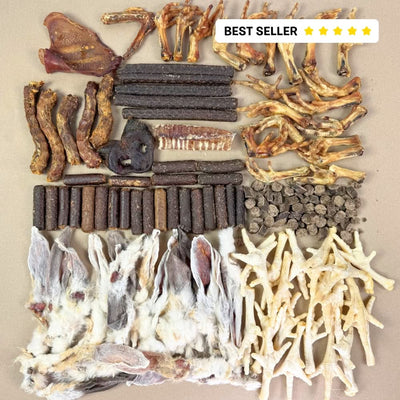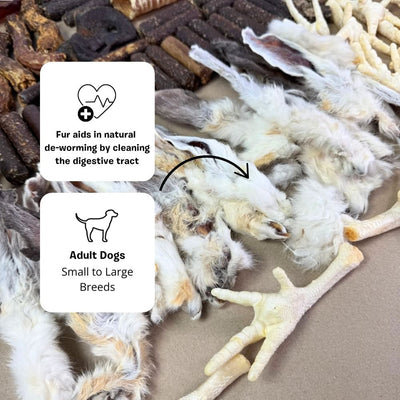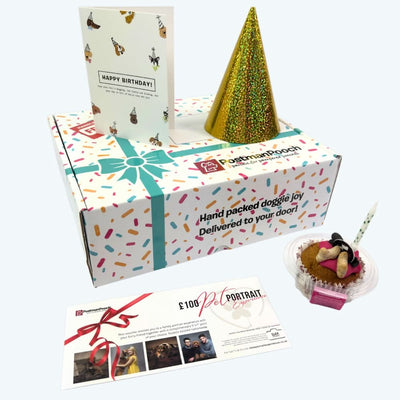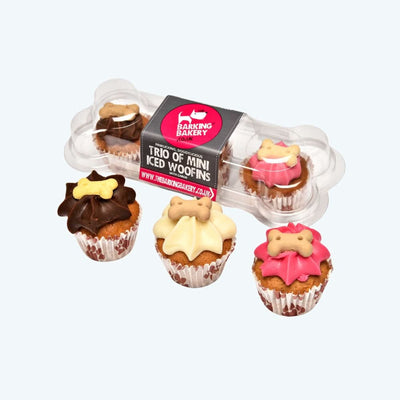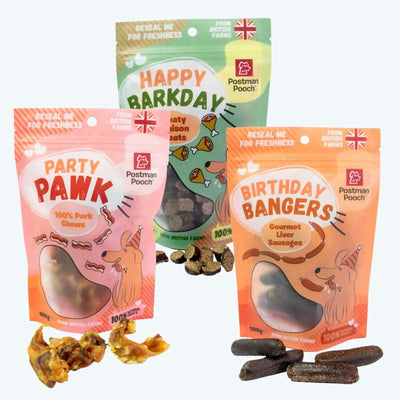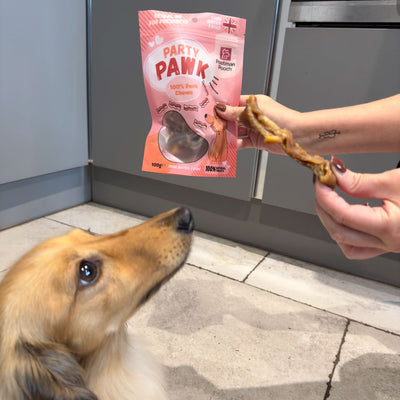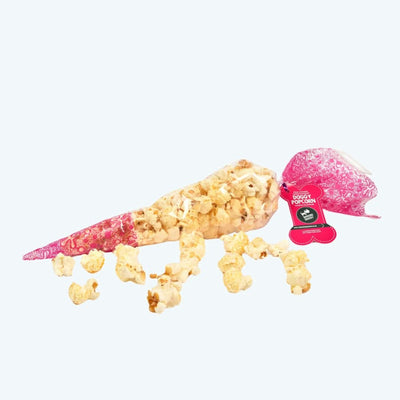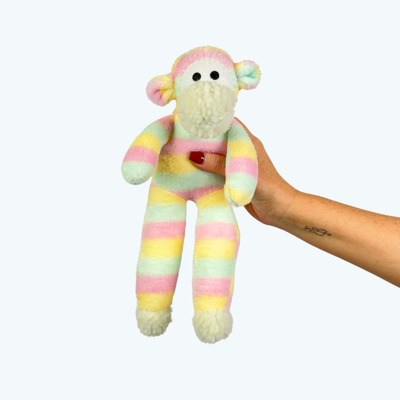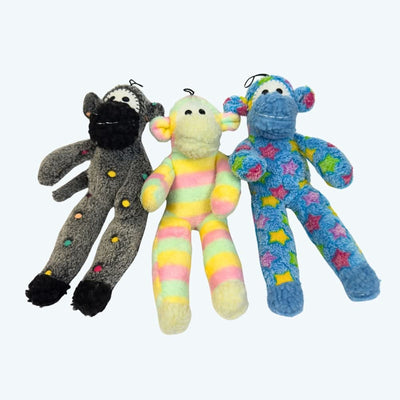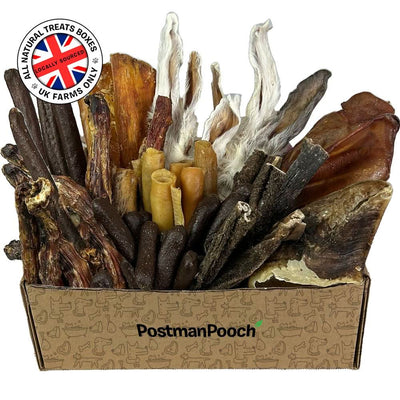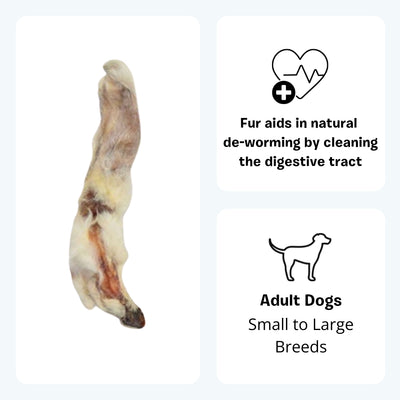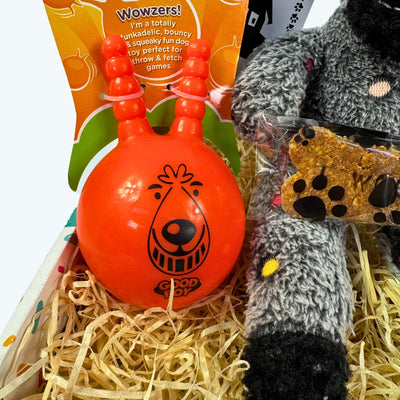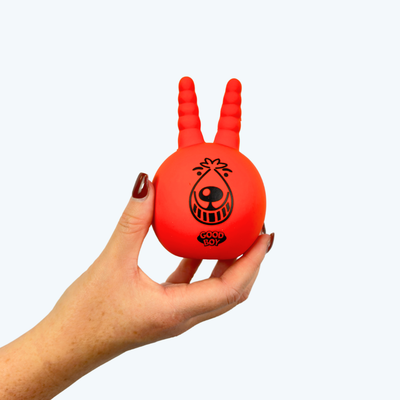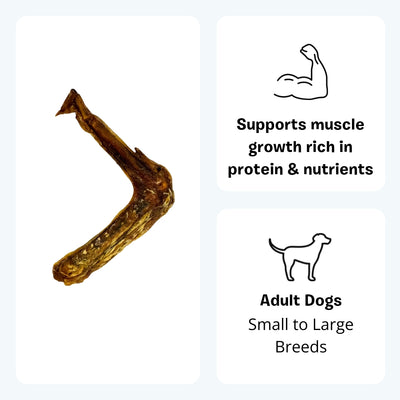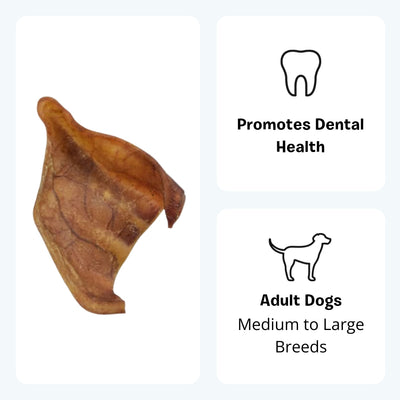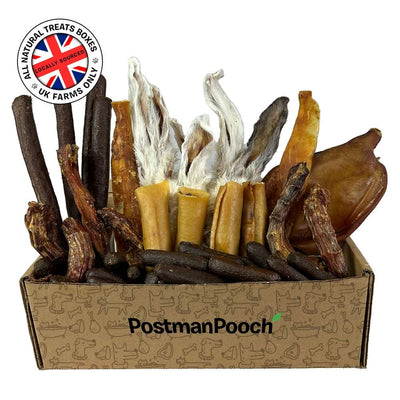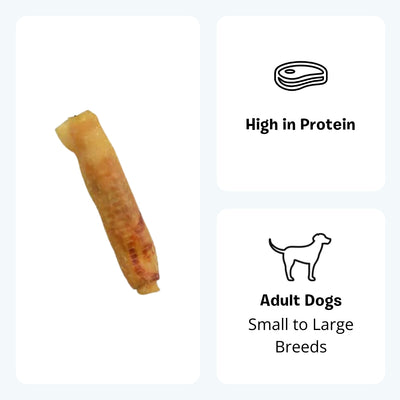Whether Fido should be allowed to share the sofa or the double bed, has been a bone of contention in households up and down the country since dogs became man’s best friend – and is unlikely to disappear any time soon. So here at Postman pooch we are committed to matching the best dog bed for your furry friend
After all, who can resist having that eight-week-old fur-ball making a determined effort to claw its way up the side of the sofa? But, fast forward nine months, and that cuddly ball of fluff is well on the way to becoming an adult canine, that assumes it has as much right to the sofa as his two-legged masters – time for a re-think.
If you are considering buying your first dog bed for the latest member of your family. Or maybe thinking of replacing that ragged old doggy blanket to give Rover a little extra comfort during his senior years; there are several things to be considered.
As far as rest is concerned, our four-legged friends are similar to ourselves regarding the amount of sleep they require. On average, a healthy adult dog needs around eight to ten hours of shut-eye a day. The youngest pup will likely sleep 18 to 20 hours, and a senior dog often between 14 to 18 hours out of 24.
But there is more to dog beds than just sleeping. All dogs, by their very nature, are territorial pack animals. While you may not realise it, you, the family, are Rover’s pack.
Likewise, although he is happy to share his territory (house and garden) with you, he’ll still appreciate a bit of territory of his own, and that can come in the form of his own bed. Whether he just fancies forty-winks, or is feeling a little off-colour, he can retreat to his dog bed while keeping a weather eye on the comings and goings of his pack.
Choosing the best dog bed for your pooch
Shape and Size:
Size is a significant factor when looking for dog beds, On average, most breeds/crosses reach full size at around 12 to 18-months old. Although your pooch might spend a certain amount of time sleeping curled up, they’re also partial to a good old stretch out. Laying on their back, legs akimbo, or on their stomach with legs stretched out front and rear. So when looking at dog beds, err on the side of larger.
Type of bed:
The type of dog bed you choose is really a matter of personal choice, bearing in mind the needs of Rover. They come in a range of shapes from rectangular to square to circular to oval or cave shaped, and in a whole range of materials, colours and patterns.
If you have a medium or large dog, his preference may well be a side-less dog bed. Often referred to as pillow, mattress or bean-bag beds, they make an excellent choice of dog bed if your canine companion has already got into the habit of taking over the sofa.
Rigid plastic beds with three raised sides and one low side for easy access are popular and designed for easy cleaning, but require additional soft internal bedding so the pooch can nestle into the material for a little extra security. The downside is, although easily cleaned, being of rigid construction they tend to take up a lot of room in the lounge, bedroom or boot of the car if you take the whole family and Rover on camping or caravan holidays.
Choosing the dog bed’s material
The colours and patterns of the exterior lining of a dog’s bed is solely a matter of personal preference for us humans. Our four-legged friends have a very limited colour perception, seeing just yellow, blue and limited shades of grey.
Beds come in colours to enhance or contrast your room’s décor, and patterns to complement or contrast your room’s furnishings. In fact from an aesthetic point of view, the choice is wholly yours.
Choose an easy-clean material
What’s more important than colour is the material itself. It should be tough, robust, durable and easily cleaned or washed. Many dog beds manufacturers provide dog beds with an inner lining, and an outer lining that unzips or unbuttons for washing. Other bed materials are easily cleaned by immersing them in a bath of warm water with an insecticidal shampoo. Or using a bucket of warm water, flea disinfectant and washing cloth.
Choose the best density of filling for your canine
While many smaller breeds prefer a soft filling they can snuggle into for warmth and security, most medium to large breeds enjoy more solid padding they can lay on, rather than lay in. With larger species, this allows more air to circulate around the body, helping them to stay more relaxed, especially through the summer months.
Much as we humans choose soft or hard mattresses to ease our aching limbs, specialist memory foam fillings are also available in beds for senior dogs suffering joint problems or arthritis.
So, now you’ve finally chosen young Rover’s personal space, how do you get him to use it?
Getting your canine used to using his dog bed
If you’re training a young pup to use his new dog bed, just like house training, there are going to be times when nothing seems to work. But it will. It just takes time, perseverance and patience. The same applies to older canines who have never had the luxury of their own bed.
Where to put the bed
One of the most significant considerations here is temperature. Although a canine’s body temperature is between two and four degrees above humans, both younger and adult dogs can cope with the cold much more easily than they can cope with the heat. Like us, the only way a canine can cool down is by sweating, but for a dog, the only way he can do that is by constantly moulting, and sticking his tongue out to pant. That’s why it is essential to ensure he always has a bowl of fresh water to drink.
Home central heating can cause much discomfort for our four-legged friends, a problem that has been made worse with the increasing popularity of underfloor heating. However, when it comes to cold, dogs adapt reasonably quickly by growing a thicker coat.
With this in mind, don’t put the dog bed next to a radiator in the living room or bedroom. Instead, if possible, put it in a cooler part of the room, or where there is a flow (not a draught), of fresh air.
Another good indicator of doggy comfort is if he constantly lays on the carpet in the same corner of the room, sleeps under a window or by an outside door, or goes for a nap in the kitchen or bathroom where he can lay on the cooler floor tiles. It usually indicates he is more comfortable there temperature-wise, so put his bed in that area if possible.
There’s nothing wrong with spreading a little BO
A brand new bed smells – brand new. Before trying to get Rover to accept it, take a recently worn jumper or top and spend a few minutes wiping your scent onto the bed. With a sense of smell 40 times greater than ours, what you can’t smell, the canine will quickly pick up.
Likewise, if he already has a favourite blanket or any squeaky toys, lay them in the bed when he’s out of the room, so he has to hunt for them, having a good sniff around his new bed at the same time.
How many dog beds do you need
If the new bed is for a puppy, remember that everything is new and strange, especially if it has just left its mother. You may hit lucky and find that while it’s getting used to its surroundings, it also gets used to its bed. On the other hand, don’t be surprised if it takes a few weeks and the bed is repositioned a few times, before your pup begins to understand what it’s for and begins to use it.
After the, ‘is the dog allowed on the sofa’ conundrum, the second most popular one is, ‘can the dog sleep upstairs in the bedroom’.
Although nothing is stopping you from adding a dog bed to pretty much every room in the house, barring bathroom and loo, let’s just look at the basic requirements.
One thing’s for sure, to keep your home smelling sweet and Rover content, his bedding will need cleaning or washing on a pretty regular basis. Shed dog hair, muddy paws, favourite chews and gnawed marrowbones. All will find their way into Rover’s favourite hideaway when he is content with his bed. Not to mention the usual spring/summer infestation of fleas and other insects that hitch a ride while your pooch is exploring the great outdoors.
From that point of view, a second bed which can be used while the first one is being washed and dried is an excellent idea. Especially through those winter months, when drying the bedding can take more than a couple of days. Of course, if your original choice of bed was one with a removable outer cover, then just a replacement cover will suffice.
So what about that second quandary. Dogs sleeping in the bedroom. It usually starts if the new member of the household is an adorable eight-week-old. It takes a hard human to ignore the downstairs whimpering of a pup missing the security of its mum
Nonetheless, if you’re not careful, as the pup grows it could set a dangerous precedent that manifests itself in lack of sleep, irritability and family arguments about who bought the dog into to bedroom in the first place.
In this situation, purchasing an additional dog bed for the bedroom as quickly as possible is highly recommended. Not only will you be able to get back that much needed eight hours of slumber, which will reduce the irritability and improve alertness, but Rover also will begin to appreciate a more settled night’s sleep.
As with the downstairs bed, leave your scent on it and throw in a few of the pup’s favourite toys and comfort blanket if it has one.
Eventually though, your growing pup will realise all the whimpering and trying to jump up on the bed is having no effect, and his days of lording it under his favourite duvet is a thing of the past.
Conclusion
Finally, if you intend to grow your family with a second canine, be sure it has its own bed waiting before it arrives. A dog’s bed is its castle, and even the most docile of canines can turn on a new pack member if it tries to enter the elder dog’s territory.
So, how many beds do you need? Certainly two, (or one and a replacement cover), a third if your pooch sleeps in the bedroom, and an extra bed for each additional dog.
PostmanPooch’s dog beds are sourced from some of the UK’s biggest manufacturers of pet-related items. Using only the highest quality materials and fillings they are available in a range of styles, colours and patterns. All bed sizes are shown, alongside the different breeds suitable for each size of bed.


